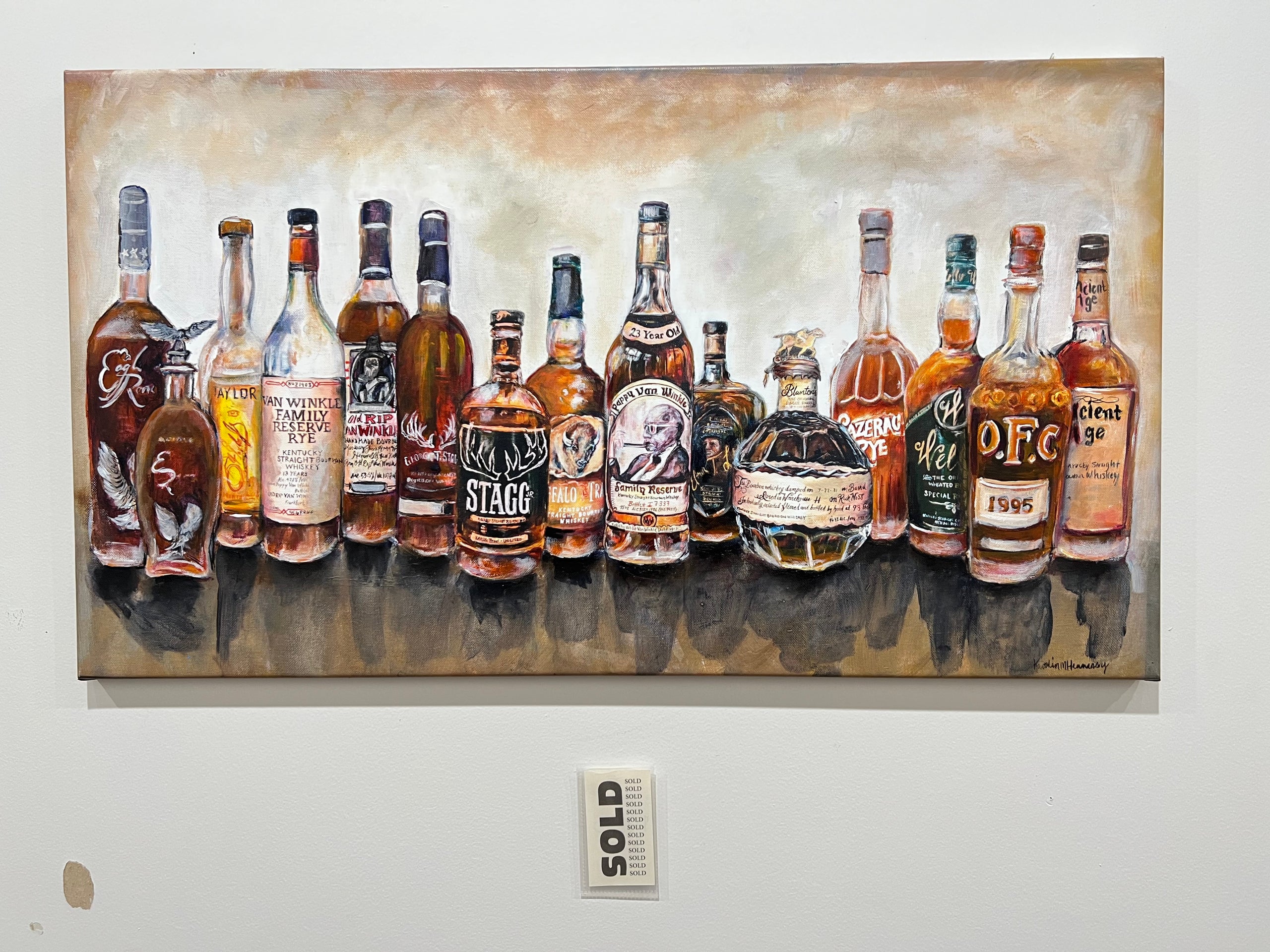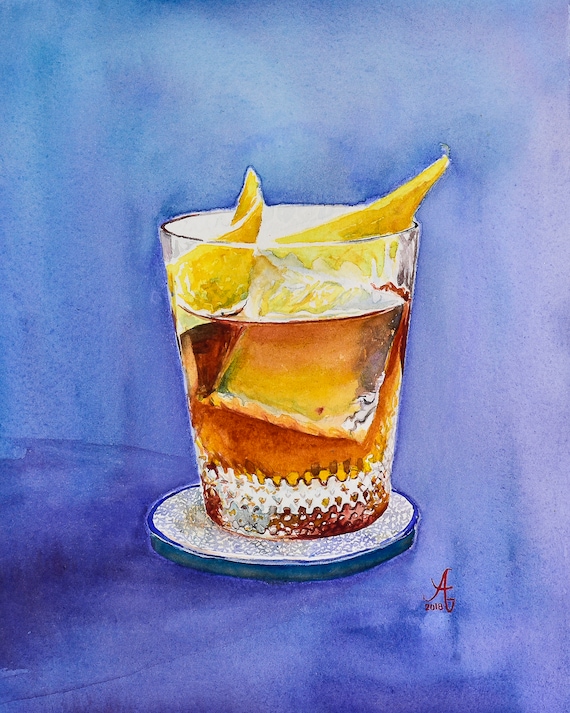Realism Art in the Whiskey Sector: Showing Moments of Purification
The Importance of Whiskey Art in Celebrating Heritage and Workmanship in the Beverage Sector
The detailed relationship between scotch art and the celebration of heritage and workmanship within the beverage sector can not be overstated. With attentively designed labels and containers, bourbon brands encapsulate their historical roots and the artisanal abilities that specify their production techniques.
The Historic Roots of Whiskey
At the heart of bourbon's allure lies an abundant tapestry of historic origins that map back to old human beings. The beginnings of whiskey can be connected to the distillation techniques of the Sumerians and Babylonians around 2000 BCE, where early kinds of fermented grain beverages began to emerge. It was in the Center Ages that the art of purification advanced considerably, particularly in Ireland and Scotland, leading to the development of whiskey as we recognize it today.
The term "scotch" itself originates from the Gaelic word "uisce beatha," suggesting "water of life." This expression emphasizes the social importance of scotch in Celtic cultures, where it was often connected with rituals, events, and communal bonding. By the 15th century, purification came to be a recognized craft within monastic areas, leading the way for the establishment of legal distilleries.
As profession routes expanded, scotch's popularity expanded, transcending regional boundaries and catching the rate of interest of aficionados worldwide. Limited Edition. This historical trip shows not just the craftsmanship behind scotch production yet likewise its important function in social and social contexts, noting it as a significant beverage throughout background
Artistic Expression in Branding
Whiskey branding stands as a compelling crossway of creativity and business, where visual identification plays a crucial role fit consumer assumption. The looks of bourbon labels, packaging, and advertising materials mirror not only the brand name's tale however likewise its core worths and heritage. With imaginative expression, distilleries share a story that resonates with customers, stimulating emotions and triggering connections.
Making use of shade, typography, and images in branding offers to set apart products in a saturated market. Standard motifs might evoke a feeling of credibility and craftsmanship, while modern styles can signify advancement and forward-thinking. This strategic imaginative direction improves brand name recognition and commitment, allowing customers to forge a personal partnership with the whiskey they pick.
Moreover, creative expression in branding often offers as a party of regional heritage. Distilleries often include local symbols or historic referrals into their styles, developing a feeling of area that invites consumers to participate in a wider social experience. Inevitably, the artistry behind scotch branding not just boosts visual charm however additionally enriches the general story of the brand name, cultivating a deeper gratitude for the workmanship and heritage ingrained in each container.
Workmanship in Bottle Design
The creativity obvious in bourbon branding expands past visual identity to include the craftsmanship associated with container layout. Each container acts as a vessel not simply for the spirit within, yet additionally for the story it outlines its custom, origin, and high quality. The style process requires meticulous attention to detail, as components such as closure, form, and product contribute substantially to the general understanding of the scotch.
Craftsmanship in container layout includes choosing premium glass that can improve the whiskey's shade and quality, while likewise offering a tactile experience for the customer. The shape of the bottle must be both visually appealing and useful, usually mirroring the heritage of the brand. Many distilleries select special shapes or printed logo designs that evoke a feeling of credibility and history.
In addition, the tag design and typography play an essential duty in interacting the brand's story. Limited Edition. A well-crafted bottle not only mesmerizes the consumer's eye yet also enhances the brand's dedication to high quality and practice. By doing this, the craftsmanship of container design ends up being a vital facet of the whiskey experience, combining artistry with an extensive respect for heritage
Social Importance of Whiskey Art
Commemorating tradition and workmanship, the cultural significance of scotch art goes beyond simple appearances, intertwining with the social and historic stories of the areas from which it stems. Each container serves as a canvas, illustrating the unique tales, mythology, and traditions that have actually formed local whiskey-making methods. The intricate styles often reflect the heritage of the distillers, incorporating signs and motifs that reverberate with the culture and worths of their communities.

Additionally, scotch art plays a vital function in communal events and celebrations, offering as a tangible web link in between check out here individuals and their shared experiences. By appreciating the virtuosity in bourbon packaging, customers cultivate a deeper understanding and regard for the craft, inevitably enriching their satisfaction of the drink itself.
Modern Trends in Scotch Discussion
In recent times, the discussion of whiskey has actually evolved to show contemporary preferences and fads while still honoring traditional workmanship - Whiskey Art. Distilleries are significantly focusing on aesthetic components that enhance the total drinking experience, connecting the gap between heritage and modernity
Innovative bottle layouts have actually emerged, commonly including sustainable materials and creative tags that tell engaging tales. Numerous brand names currently team up with local artists, instilling their items with one-of-a-kind aesthetic expressions that reverberate with consumers. Additionally, limited-edition releases are typically packaged in collectible containers, including worth and allure for aficionados.

Conclusion
In conclusion, whiskey art serves as an essential conduit for revealing the heritage and workmanship inherent in the drink market. With complex branding, see here now ingenious container styles, and culturally significant artistic elements, bourbon brand names properly recognize their customs and connect with consumers.


Workmanship in bottle design involves picking high-grade glass that can improve the scotch's color and clarity, while additionally supplying a tactile experience for the consumer. In this means, the workmanship of bottle design visit this site right here comes to be a crucial element of the whiskey experience, combining creativity with a profound regard for heritage.
In final thought, whiskey art offers as an important conduit for sharing the heritage and craftsmanship inherent in the drink industry.